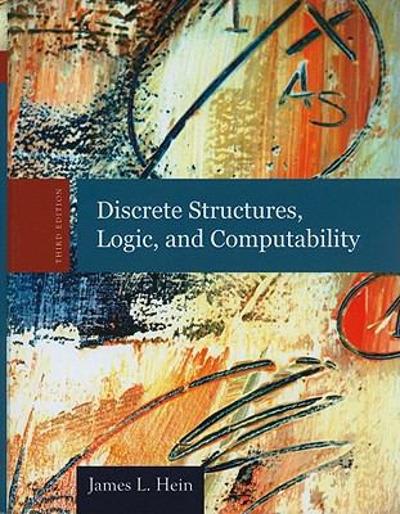Question
Question 1 Recall in the one sample hypothesis testing scenario that we investigated the following presumptions based on previous research, no evidence currently exists supporting
Question 1
Recall in the one sample hypothesis testing scenario that we investigated the following presumptions based on previous research, "no evidence currently exists supporting or refuting the use of electric fans during heat waves" in terms of mortality and illness, as well as Public Health guidelines suggesting not using fans during hot weather, with some research reporting the potential of fans accelerating body heating.
You decide to further your research project by hypothesizing that the true average core body temperature amidst higher ambient temperature and humidity levels for the population who do not use electric fans is different than those who do use electric fans, setting the level of significance at 5% for the formal hypothesis test. In other words, you extend your sampling to two samples instead of just one. You randomly sample 32 and 36 participants for your first and second groups, respectively, based on your research funding and for 45 minutes, all study participants sit in a chamber maintained at a temperature of 108 degrees Fahrenheit (i.e., 42 degrees Celsius) and a relative humidity of 70%. After the first 45-minute warming period, for Group 2 only you place a personal sized electric fan 3 feet away with its airflow directed at a given participant's chest area, and the participants relax in this position for the next 45 minutes, whereas for Group 1 you do not provide electric fans. At the end of this 45-minute fan period, you record the core body temperatures of all participants. The following table comprises the data you collect.
Table 1. No Fans
Subject Core Body Temperature (F)
1 97.6
2 98.2
3 97.2
4 97.0
5 97.7
6 97.3
7 97.8
8 97.5
9 97.7
10 98.3
11 97.9
12 97.5
13 98.9
14 97.9
15 97.9
16 97.0
17 97.5
18 97.8
19 97.6
20 96.5
21 98.3
22 97.8
23 97.5
24 97.8
25 98.3
26 96.6
27 97.9
28 98.3
29 97.4
30 99.1
31 97.8
32 97.9
Table 2. Fans
Subject Core Body Temperature (F)
1 107.2
2 107.5
3 106.1
4 107.7
5 107.6
6 107.4
7 106.5
8 105.4
9 106.7
10 107.0
11 107.9
12 106.0
13 106.3
14 107.9
15 107.4
16 107.1
17 106.9
18 108.3
19 105.4
20 106.1
21 107.1
22 105.8
23 106.3
24 106.4
25 106.1
26 105.9
27 105.6
28 106.8
29 108.4
30 106.5
31 106.2
32 105.4
33 108.1
34 106.0
35 106.3
36 106.1
Per Step 1 of the 5-Steps to Hypothesis Testing, choose the appropriate null and alternative hypotheses, i.e. H0 and H1, respectively, as well as the significance level, ?, pronounced as "alpha".
Select one:
a.
? = 10%, H0: ?1 = ?2, H0: ?1 ? ?2
b.
H0: ?1 = ?2, H1: ?1 ? ?2, ? = 5%
c.
H0: ?1 ? ?2, ? = 1%, H1: ?1 = ?2
d.
H1: ?1
Please show work
Question 2
Recall in the one sample hypothesis testing scenario that we investigated the following presumptions based on previous research, "no evidence currently exists supporting or refuting the use of electric fans during heat waves" in terms of mortality and illness, as well as Public Health guidelines suggesting not using fans during hot weather, with some research reporting the potential of fans accelerating body heating.
You decide to further your research project by hypothesizing that the true average core body temperature amidst higher ambient temperature and humidity levels for the population who do not use electric fans is different than those who do use electric fans, setting the level of significance at 2.5% for the formal hypothesis test. In other words, you extend your sampling to two samples instead of just one. You randomly sample 34 and 47 participants for your first and second groups, respectively, based on your research funding and for 45 minutes, all study participants sit in a chamber maintained at a temperature of 108 degrees Fahrenheit (i.e., 42 degrees Celsius) and a relative humidity of 70%. After the first 45-minute warming period, for Group 2 only you place a personal sized electric fan 3 feet away with its airflow directed at a given participant's chest area, and the participants relax in this position for the next 45 minutes, whereas for Group 1 you do not provide electric fans. At the end of this 45-minute fan period, you record the core body temperatures of all participants. The following table comprises the data you collect.
Table 1. No Fans
Subject Core Body

Step by Step Solution
There are 3 Steps involved in it
Step: 1

Get Instant Access to Expert-Tailored Solutions
See step-by-step solutions with expert insights and AI powered tools for academic success
Step: 2

Step: 3

Ace Your Homework with AI
Get the answers you need in no time with our AI-driven, step-by-step assistance
Get Started


